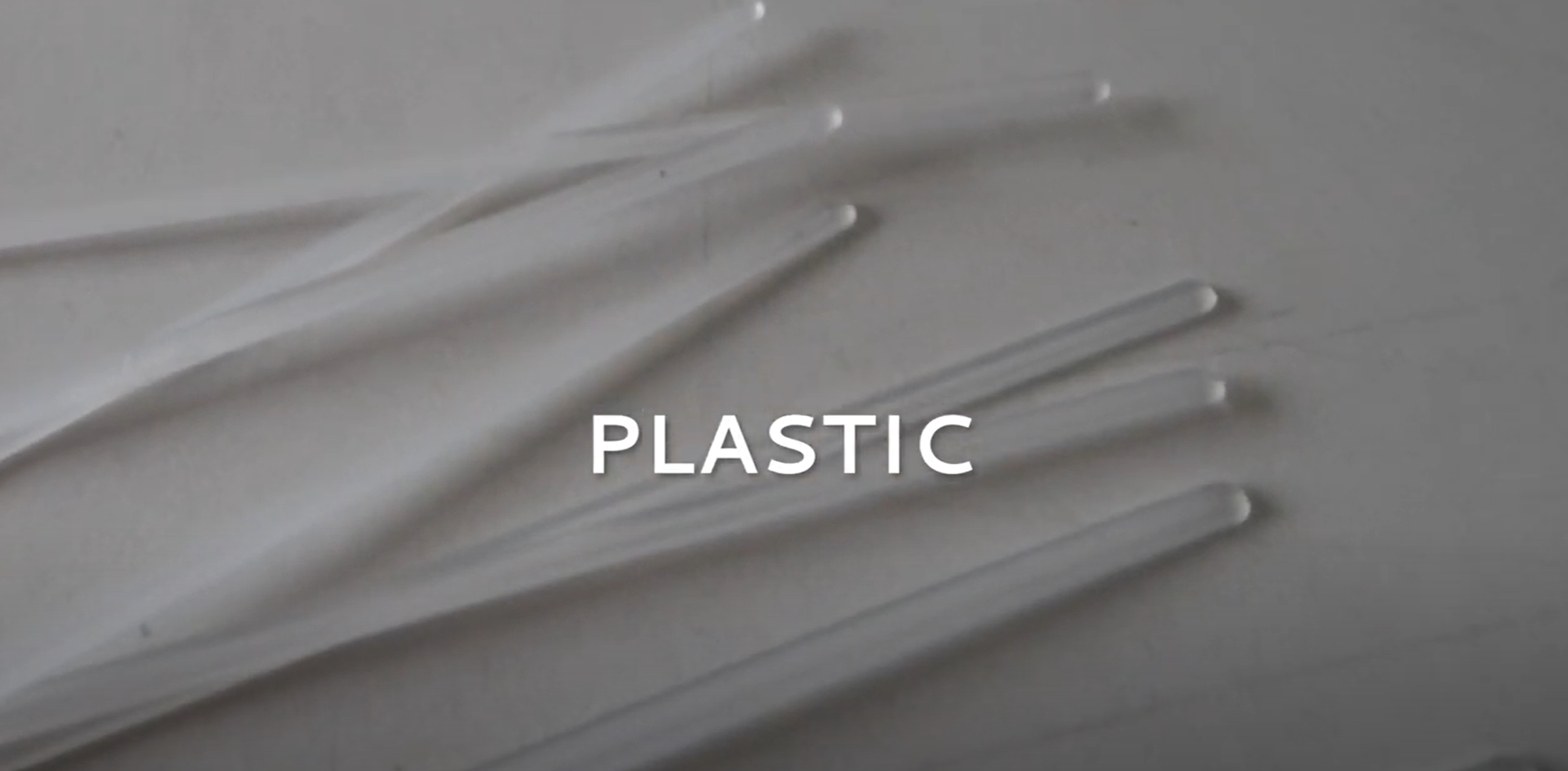How to Add Structure to Your Garments: Discover the Best Types of Boning
⏬ Scroll Down for a Video Tutorial! ⏬
Hello, hello my friend, today’s nugget of wisdom has been inspired by our current Create, Cut, Construct® framework cycle inside The DPL Atelier: Premium where my members and I are designing, drafting and sewing our very own occasion wear dresses. Part of the weekly workshop lesson structure includes dipping our toes into the world of boning and corsetry, but don’t be fooled; this sewing notion isn’t just for corsets…
Why Use Boning?
The purpose of boning has varied through the ages, but its primary function remains the same: to support the desired shape of the fabric.
Choosing the correct variety of boning for your garments is crucial before proceeding with your sewing project. Boning types can be suited to different fabrics, garments and applications, ranging from lightweight to heavier textiles and lingerie to jackets. Boning can be applied to any garment, ensuring it maintains a certain structure, supporting curves, seams and areas where comfort and flexibility are most important.
Without boning, a strapless dress would lack support or design details intended to defy the laws of gravity may flop and fail. Boning acts as the skeleton of your project, helping the fabric stay tough and wrinkle-free.
There are several types of boning, each offering different levels of flexibility and strength. Currently, the most commonly used types are White Spring Steel Boning, Polyester Rigilene Boning, Simple Plastic Boning and Spiral Steel Boning. Let’s dive in.
White Spring Steel Boning
White Spring Steel Boning is made of high carbon, hardened spring steel designed for flexible support. It has a durable white nylon coating that prevents rusting and is resistant to washing detergents and other fluids, making it safer for dry cleaning. This type of boning is popular for being thin and flexible, though it only bends in one direction.
White Spring Steel Pros:
Durability: High carbon, hardened steel ensures long-lasting support.
Rust Resistance: Nylon coating prevents rust, making it suitable for washing.
Flexibility: Thin and flexible, providing strong support while allowing some movement.
White Spring Steel Cons:
Limited Flexibility: Bends in only one direction, limiting its application in more complex designs.
Special Handling: Requires careful handling to avoid damaging the nylon coating.
Polyester Rigilene Boning
Polyester Rigilene Boning is made of 100% polyester, making it flexible, durable, and easy to source. It is ideal for giving shape and support to strapless garments and other structured textiles.
One advantage of this boning is that you can sew right through it, eliminating the need for any casing. However, it cannot be sewn in curved channels or seams, as it tends to flex in one direction only even after running an iron over it. It is accessible and affordable, available in various colours and widths, and can be cut to any desired length.
Polyester Rigilene Pros:
Ease of Use: Can be sewn through directly, eliminating the need for a casing.
Flexibility: Lightweight and easy to work with, suitable for a variety of garments.
Accessibility: Affordable and available in different colors and widths.
Polyester Rigilene Cons:
Directional Flexibility: Only flexes in one direction, not suitable for curved seams.
Edge Preparation: Tips need to be filed or covered with fabric to prevent poking.
Top Tip: Remember to file or fold a bit of fabric over the tips to soften the edges!
Simple Plastic Boning
Simple Plastic Boning, made from materials like polyester or nylon, is lightweight, extremely durable, and highly flexible. It is perfect for bras, swimsuits, and bustiers, providing chest support and ensuring that off-the-shoulder and strapless tops stay in place.
Like Polyester Rigilene Boning, it can be sewn in straight seams but not curved channels but the edges are often already curved for a soft finish.
To adjust the length, simply file the edge down for a soft finish. You can also add a casing using ribbon, twill tape or bias tape, ensuring it is slightly larger than the boning to slip it in.
Plastic Pros:
Lightweight: Made from polyester or nylon, making it easy to handle and wear.
Durability: Extremely durable with high flexibility.
Easy Adjustment: Edges are already curved, and length can be adjusted easily.
Plastic Cons:
Limited Bendability: Cannot be sewn in curved channels, only straight seams.
Potential Buckling: May twist or buckle within the casing if not properly secured.
Spiral Steel Boning
Spiral Steel Boning is made from a flattened steel coil, allowing it to flex in all directions while still being very strong. It is useful in curves and diagonal shapes, supporting the wearer's movements and is best suited for hand washing. It is an ideal option for the sides of a corset, emphasising the waistline without adding too much stress.
To customize the length, cut it using a spiral steel cutter or cable cutter, then use an end cap (which can be purchased separately) to cover the sharp edges; this can be secured with flat-nose pliers.
Spiral Steel Pros:
Multi-directional Flexibility: Can bend in all directions, ideal for complex shapes and curves.
Strength: Strong enough to support movement while providing good structural integrity.
Customization: Length can be customized using specific tools.
Spiral Steel Cons:
Stability: Not as stable as other types, may not support larger figures well.
Special Tools Needed: Requires specific tools for cutting and securing end caps.
Care Requirements: Best suited for hand washing, not as easy to clean as other types.
There we have it! Make sure you analyse your project before selecting your boning to ensure you pair the best-suited materials together. If you want to learn more about professional construction techniques or bringing your ideas to life, why not come and join us inside my high-value, low-cost fashion membership, The DPL Atelier?
Stay safe, keep creative and I’ll catch you on the flip side x





